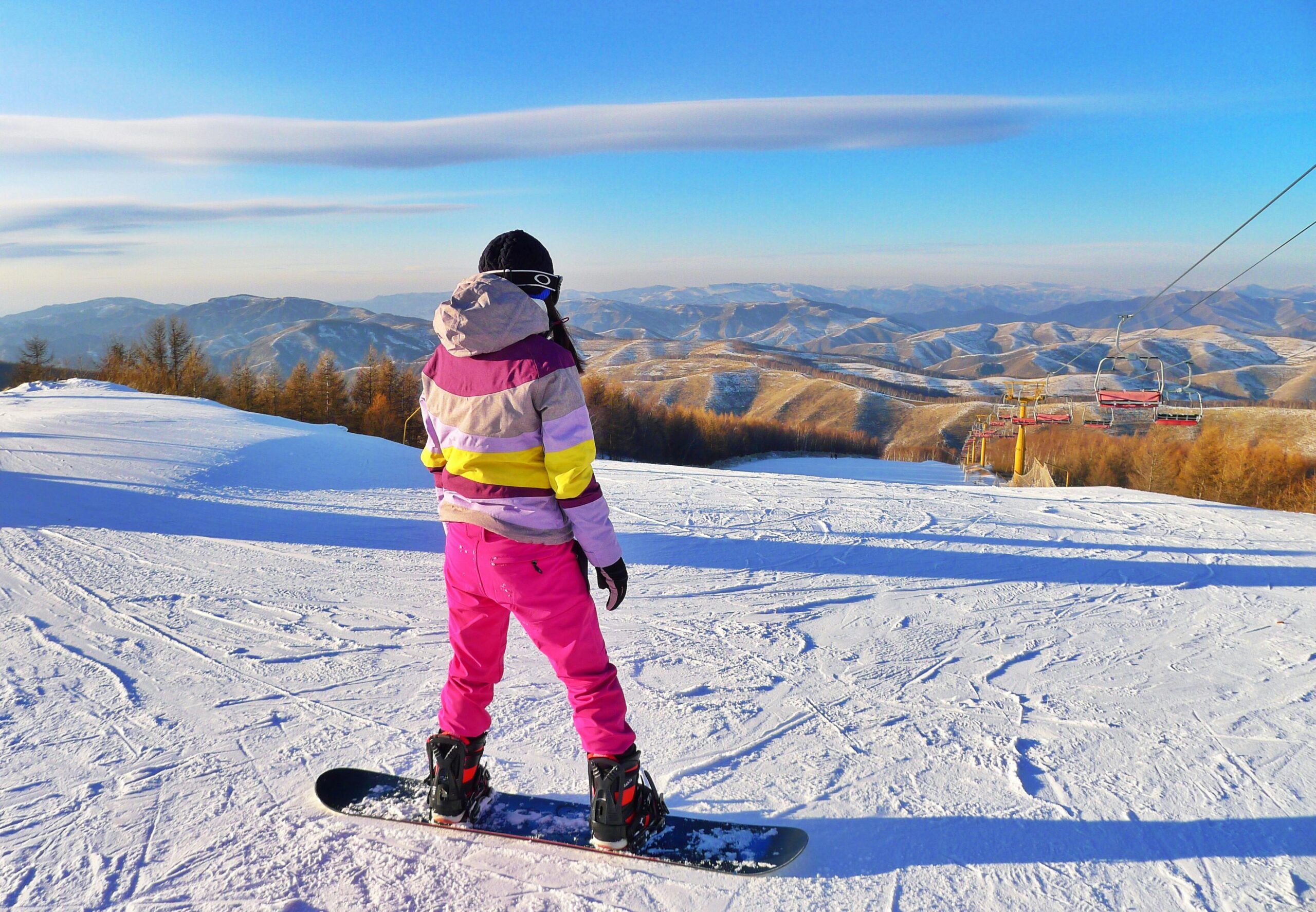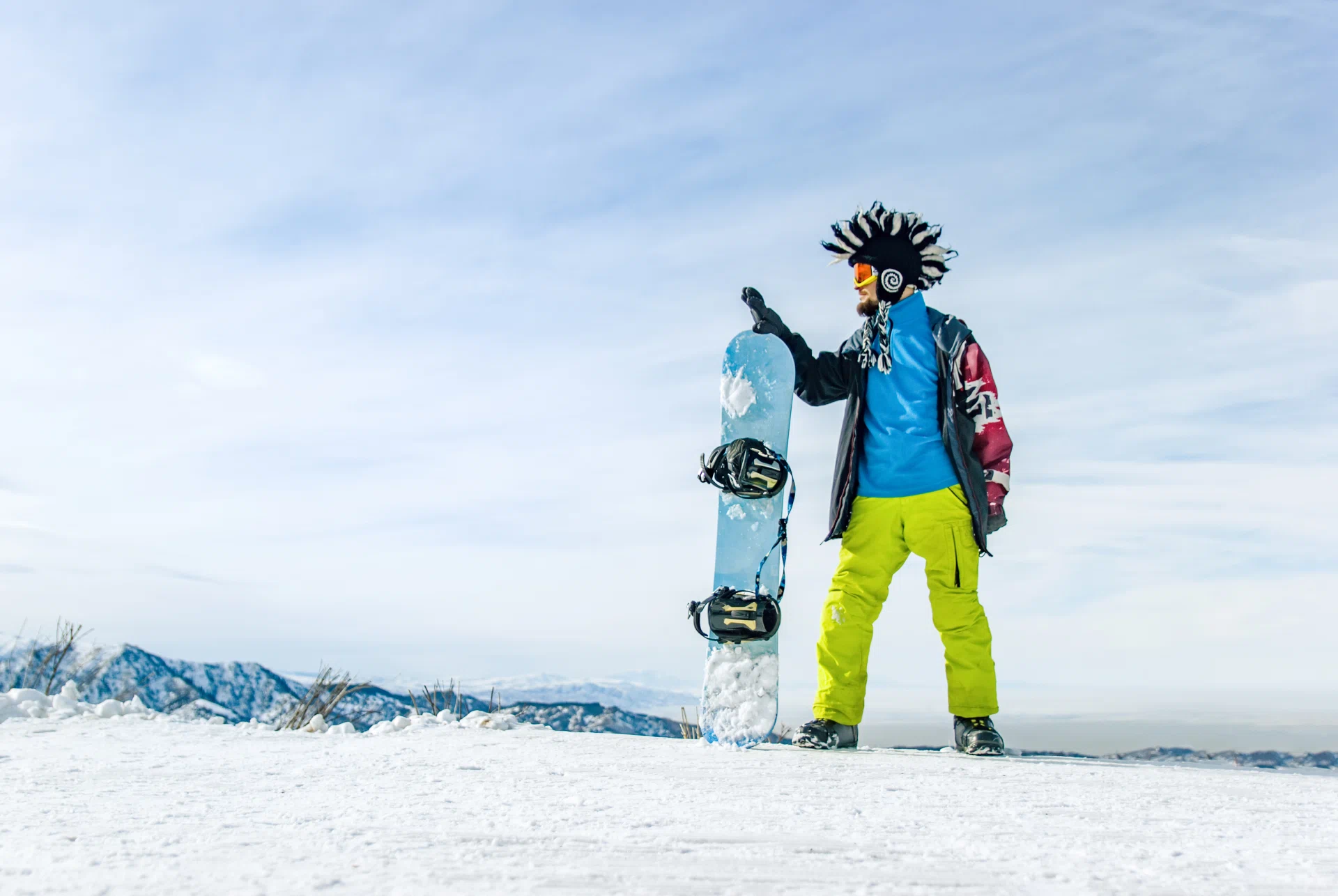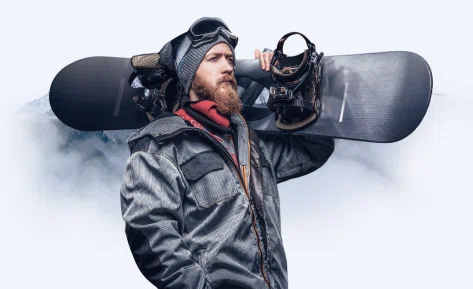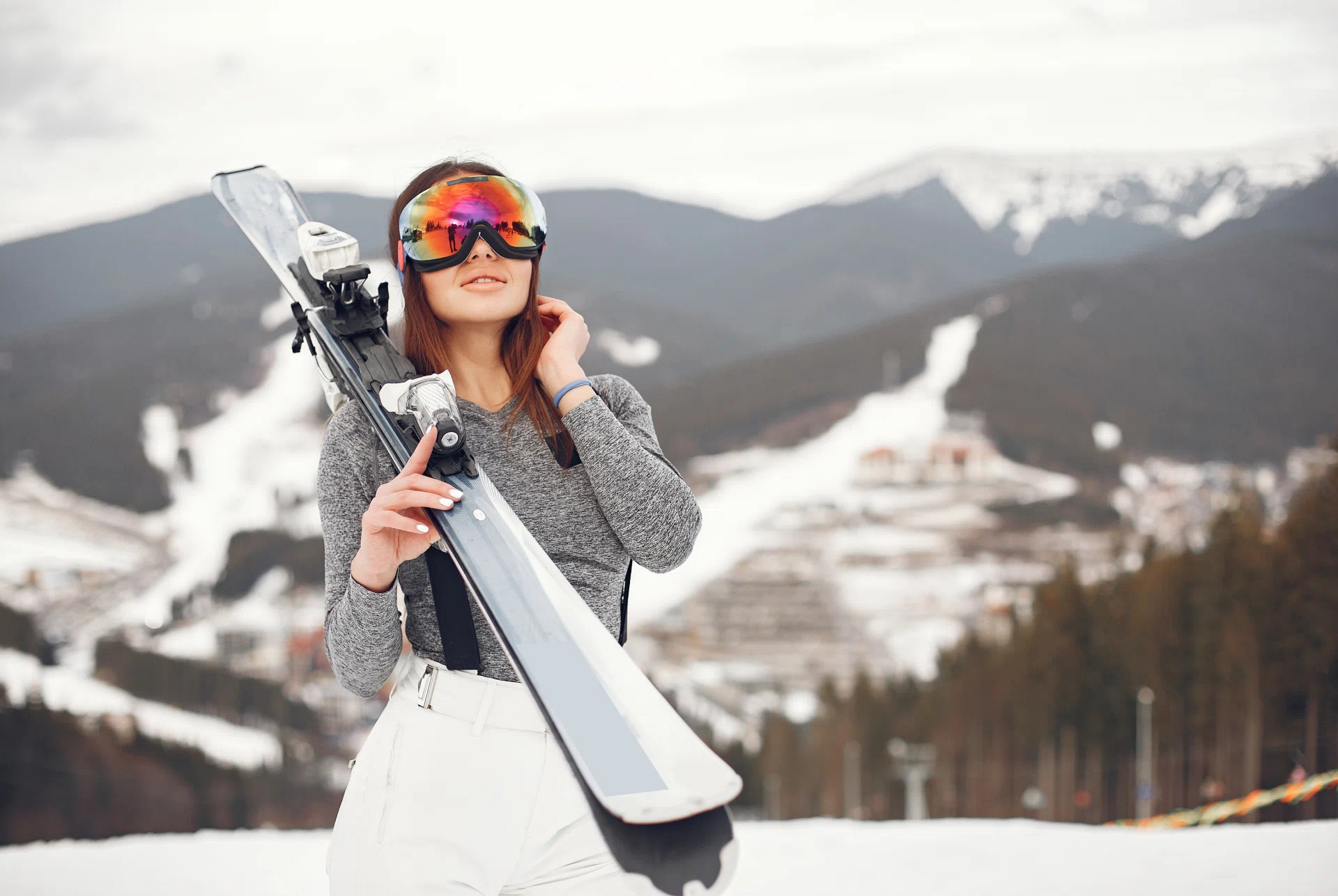
Skiing and the Equipment You Need to Hit the Slopes in Confidence
June 5, 2023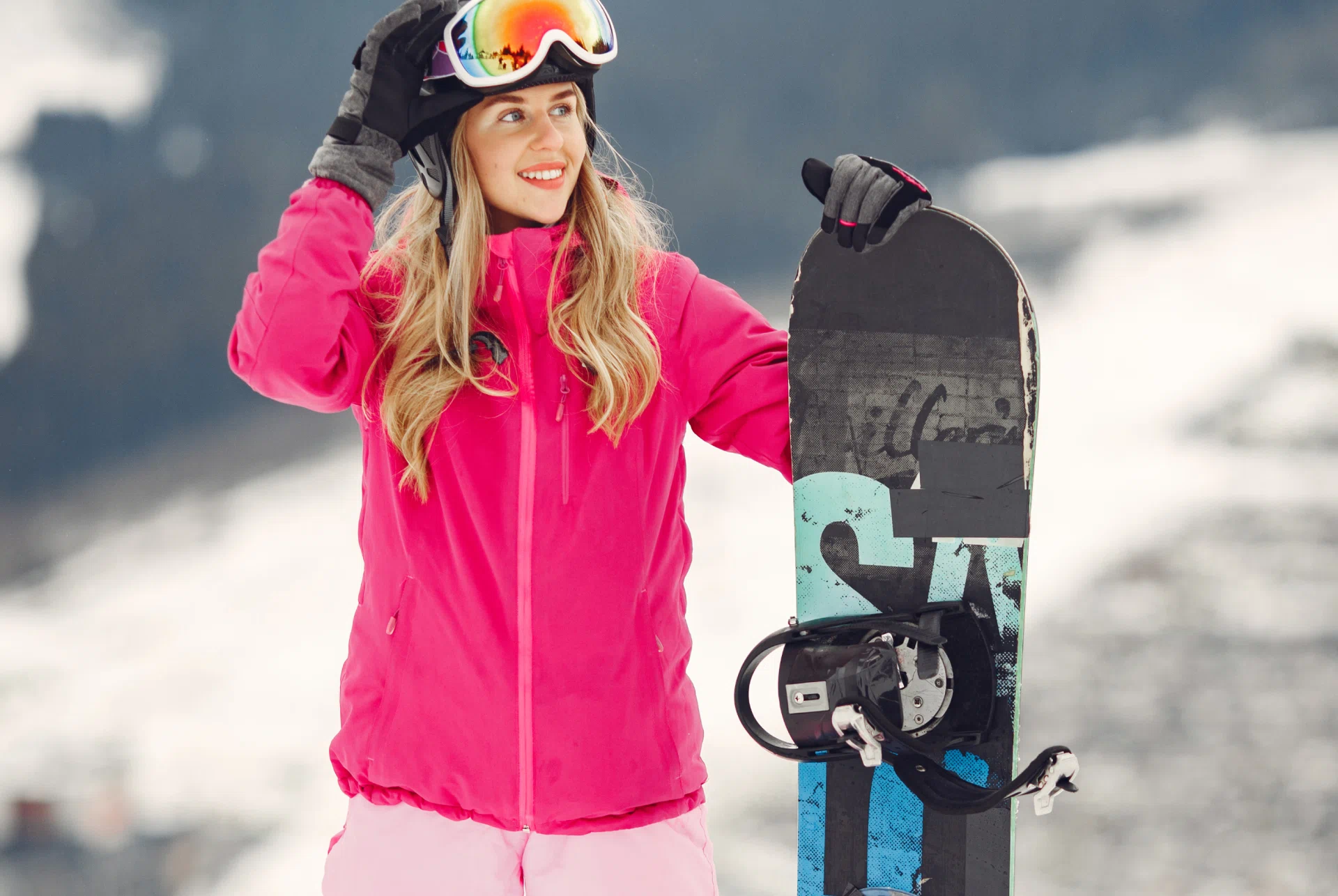
When to Upgrade Your Outdoor Equipment
June 5, 2023
Skiing and the Equipment You Need to Hit the Slopes in Confidence
June 5, 2023
When to Upgrade Your Outdoor Equipment
June 5, 2023EVENTS
Eye Protection in Winter: Why It Matters and What You Need
When people think of winter gear, they often picture jackets, boots, and gloves — but few realize that eye protection is just as essential.
Cold temperatures, bright sunlight reflecting off snow, and harsh winds can all harm your eyes if left unprotected. Whether you’re skiing, snowboarding, hiking, or simply walking through a bright snowy landscape, the right eyewear helps preserve both comfort and long-term eye health.
1. The Dangers of Winter Sunlight
Snow may look harmless, but it acts like a giant mirror. Fresh snow can reflect up to 80% of the sun’s UV rays, which means your eyes are being hit from above and below. This intense exposure can lead to a painful condition called snow blindness — essentially a sunburn of the cornea.
Symptoms of snow blindness include:
-
Burning or gritty sensations in the eyes
-
Blurred vision or temporary vision loss
-
Headache, tearing, or excessive sensitivity to light
Even on overcast days, UV rays penetrate cloud cover. The higher you go — whether hiking at elevation or skiing in the mountains — the stronger those rays become.
2. Wind, Cold, and Debris
Cold winter air can be surprisingly harsh on your eyes. Dry winds cause tearing and irritation, especially when you’re moving quickly downhill or hiking in exposed conditions. In addition, tiny bits of ice or debris kicked up by the wind can scratch the eye surface.
Protective eyewear such as snow goggles or wrap-around sunglasses creates a barrier, helping maintain moisture and preventing these irritations. Many models also have ventilation systems that reduce fogging while still blocking the elements.
3. Choosing the Right Lenses for Winter
Selecting the correct lens type is key to visibility and comfort. Not all lenses are created equal — different tints serve different purposes:
-
Dark gray or brown lenses: Best for bright, sunny days with heavy glare.
-
Rose or amber lenses: Enhance contrast and depth perception, ideal for cloudy or mixed conditions.
-
Yellow lenses: Perfect for low-light or foggy situations, improving clarity and sharpness.
-
Photochromic lenses: Automatically adjust to changing light, offering convenience for all-day wear.
Make sure your lenses provide 100% UVA and UVB protection. Polarized lenses are another smart investment — they reduce glare off snow and ice, helping you see contours and textures more clearly when skiing or snowshoeing.
4. Goggles vs. Sunglasses
For casual winter walks or driving, sport sunglasses with wrap-around frames may be enough. They’re lightweight, stylish, and provide excellent protection for everyday use.
However, if you’re heading into more extreme conditions — such as skiing, snowboarding, or mountaineering — goggles are the better choice. They offer:
-
Full coverage against wind, snow, and debris
-
A secure fit with helmets
-
Anti-fog and dual-lens systems for clear vision
-
Interchangeable lenses for different light conditions
Some goggles also feature vented foam padding, which allows airflow without letting in snow or cold air — perfect for active winter sports.
5. Eye Care Tips for Cold Weather
Even with great eyewear, your eyes can still feel dry in the cold. Here are some quick tips to keep them comfortable:
-
Blink frequently — especially when staring at snow or a distant horizon.
-
Use lubricating eye drops if you experience dryness or irritation.
-
Keep your eyewear clean and scratch-free; micro-scratches can scatter light and cause glare.
-
Always store goggles and glasses in a protective case to prevent lens damage.
6. Final Thoughts
Winter is one of the most beautiful — and most demanding — seasons for your eyes. From reflective sunlight and cold winds to flying snow and ice, every condition poses a risk if you’re not properly equipped.
Investing in quality winter eyewear is not just about comfort — it’s about protecting one of your most valuable senses. Whether you prefer high-performance snow goggles or UV-blocking sport sunglasses, make sure they’re part of your essential gear list before heading outdoors.
At MountainGear.ca, we believe that adventure starts with preparation. Protect your eyes, embrace the light, and see the winter world clearly — one breathtaking view at a time.

